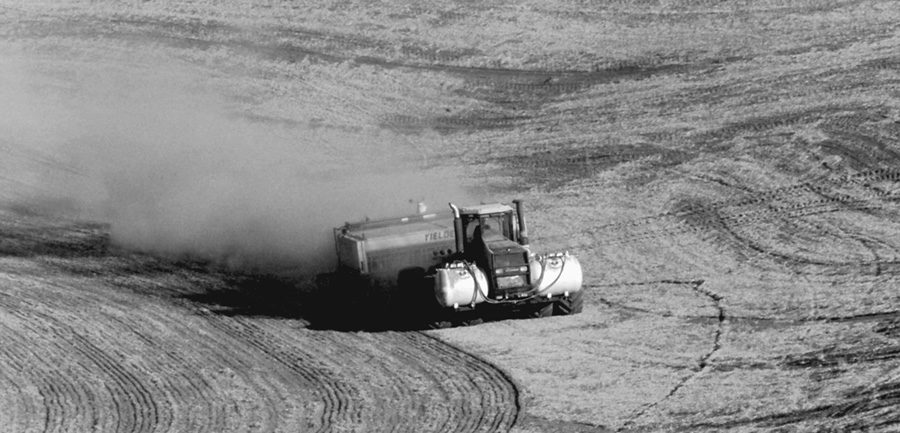No-Till Farmer
Get full access NOW to the most comprehensive, powerful and easy-to-use online resource for no-tillage practices. Just one good idea will pay for your subscription hundreds of times over.

With a one-pass operation that places seed and fertilizer into an otherwise undisturbed seedbed and packs the furrow, no-till systems shine when it comes to both better yields and disease control, says Andy Lenssen, a Montana State University entomologist.
The improved yields were even evident in the continuing dry conditions of 2002 at Havre, Mont. No-till produced 4 bushels per acre more spring wheat across nine crop rotations than was harvested with reduced tillage systems, says the project leader for the sustainable pest management in a dryland wheat study funded by the U.S. Department of Agriculture. The increased yields likely resulted from better moisture retention under no-till, says Lenssen.
Moisture conservation may also be the key to reducing disease, because moisture-stressed wheat is more susceptible to infection, says plant pathologist Bill Grey.
“No-till residue management definitely reduces the incidence of Fusarium crown rot,” he says. “The impact of this disease on wheat production has largely been overlooked and underestimated due to the difficulties of obtaining yield data on plants that are influenced by drought. In the north central region of Montana, over 2 million bushels of wheat worth up to $9.5 million were lost to this disease in the 2002 growing season.”
The Montana study conducted at Havre, Moore and Froid has encompassed unusually dry conditions most years since it was started in 1998. “Even though we’ve had drought, we’re getting very useful data,” says Lenssen.
The study also shows that: